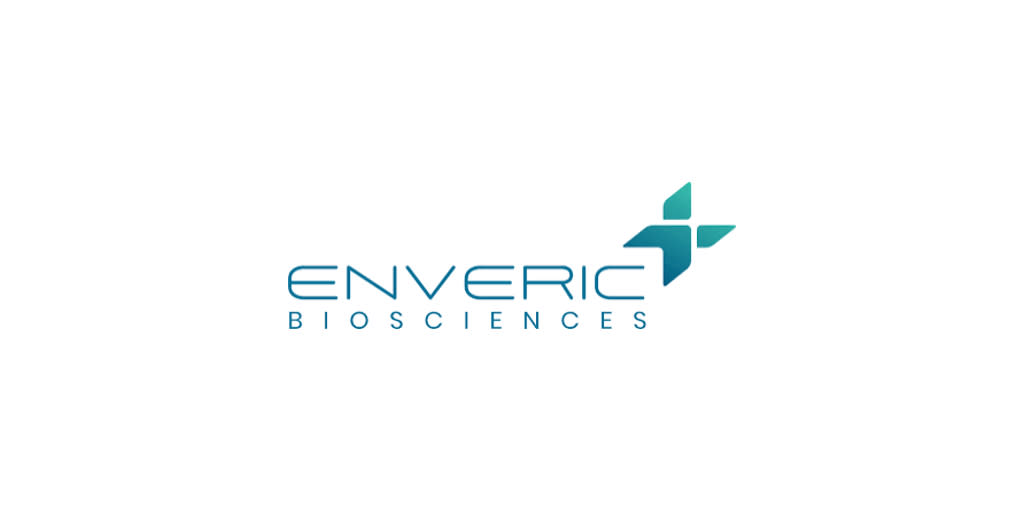Living Carbon Reclaims Appalachia with Microsoft’s Backing
In a bold move to scale up nature-based climate solutions, Microsoft has signed a deal to purchase 1.4 million tons of carbon removal credits from Living Carbon, a public benefit company focused on transforming degraded U.S. lands into productive, climate-positive ecosystems. The credits will stem from Living Carbon’s ambitious reforestation of 25,000 acres across Appalachia—much of it scarred by decades of coal mining.
The initiative goes beyond simply planting trees. Living Carbon is targeting some of the hardest-hit and least-recovered lands in the region, bringing life back to areas where traditional ecological restoration has faltered. By restoring these long-neglected landscapes, the company isn’t just removing carbon—it’s rebuilding biodiversity, rehabilitating soils and water systems, and injecting new economic activity into rural communities that have long been left behind.
“Restoring degraded mine lands offers one of the most scalable and meaningful opportunities for nature-based climate action in the United States,” said Maddie Hall, CEO and Co-founder of Living Carbon. “We’re proud to be working with Microsoft to advance high-quality reforestation and unlock the potential of some of the most challenging yet important lands in the U.S.—not only for carbon removal, but also for restoring ecosystems and supporting the return of these lands to productivity.”
Maddie Hall will be at SynBioBeta: The Global Synthetic Biology Conference, presenting the latest data from Living Carbon in a session entitled “Nature 2.0 - Using SynBio to Unlock the Next Level of Natural Systems.”
The scale of the environmental damage in Central Appalachia is staggering, with over four million acres of previously mined land left barren. These abandoned zones are typically riddled with poor soil, erosion, metal toxicity, and invasive species—factors that make natural forest recovery nearly impossible without strategic intervention. Living Carbon’s science-driven approach includes intensive site preparation and the use of carefully chosen native species tailored to local conditions. The result: regenerative forests capable of long-term carbon capture and ecosystem restoration.
Microsoft’s commitment is part of its broader strategy to build a diversified portfolio of verified, high-quality carbon removal projects. “Living Carbon’s work to restore degraded and formerly mined lands in Appalachia represents a meaningful and measurable approach to nature-based carbon removal,” said Brian Marrs, Senior Director for Energy & Carbon Removal at Microsoft. “We are pleased to support this project as part of Microsoft's broader portfolio of high-quality carbon removal solutions. Uniquely targeted nature-based projects like this address systemic challenges while also generating positive climate and ecological outcomes.”
The credits sold to Microsoft will be independently verified by Isometric, a next-generation carbon credit registry. Issued under Isometric’s Reforestation Protocol—launched in November—the credits reflect one of the most technologically rigorous methodologies in the industry, with dynamic baselines, advanced leakage accounting, and full lifecycle assessments built into the verification process.
“This agreement shows the growing demand for scientifically rigorous, technology-enabled verification in reforestation,” said Lukas May OBE, Chief Commercial Officer at Isometric. “We look forward to working with Microsoft and Living Carbon on this important project as part of our mission to help carbon removal scale, responsibly and fast, to the level the planet needs.”
Living Carbon’s model is built for scale—not just carbon scale, but community and ecological scale. By converting environmental liabilities into long-term climate assets, the company is demonstrating how degraded land can become the foundation of a regenerative future.




.svg)









-min.png)

.gif)